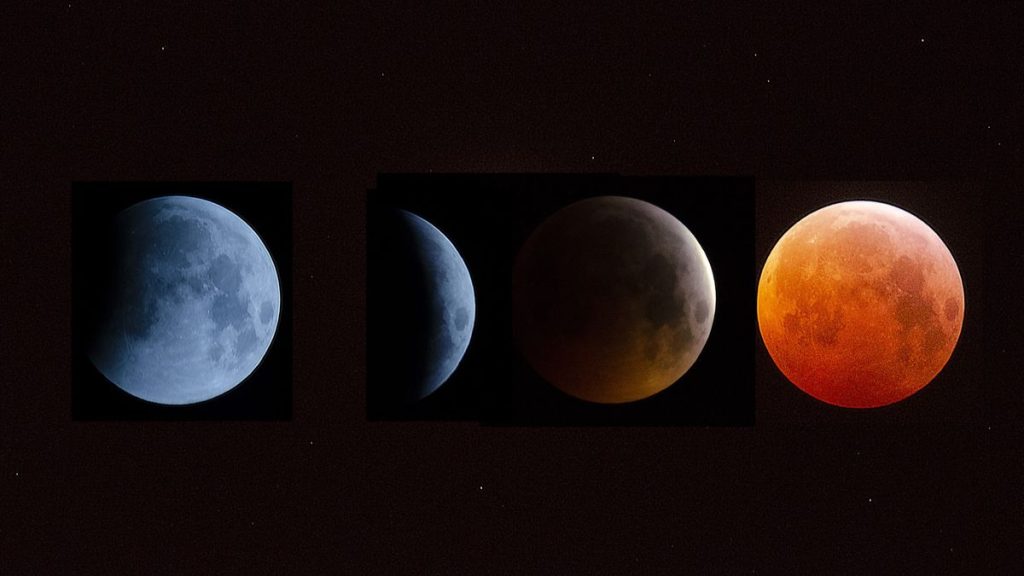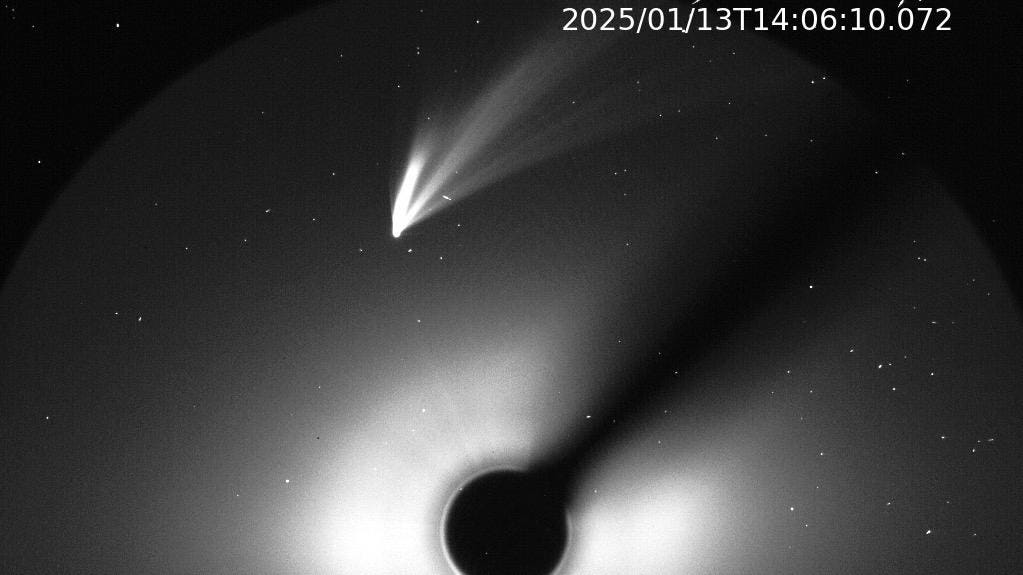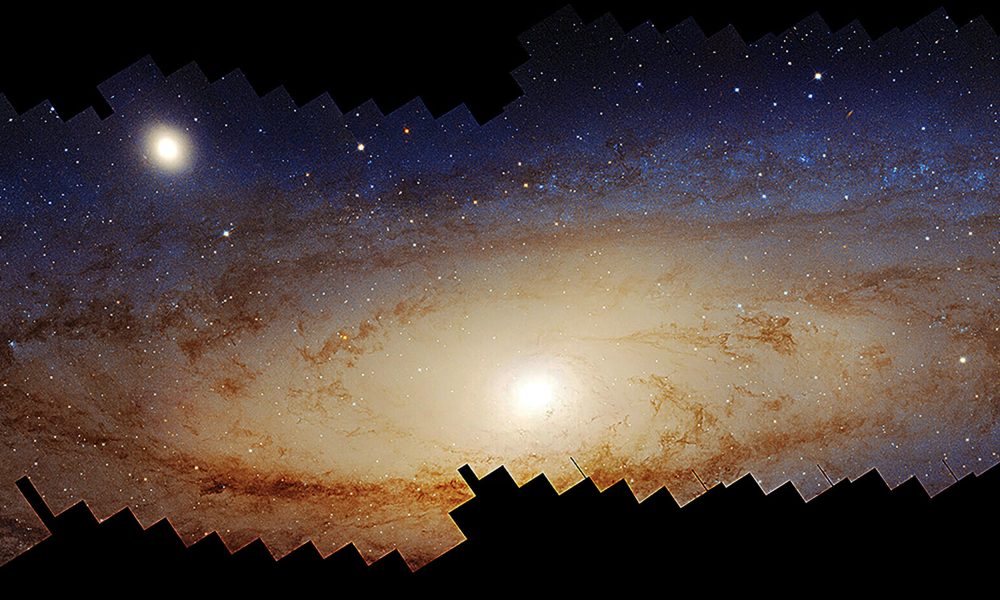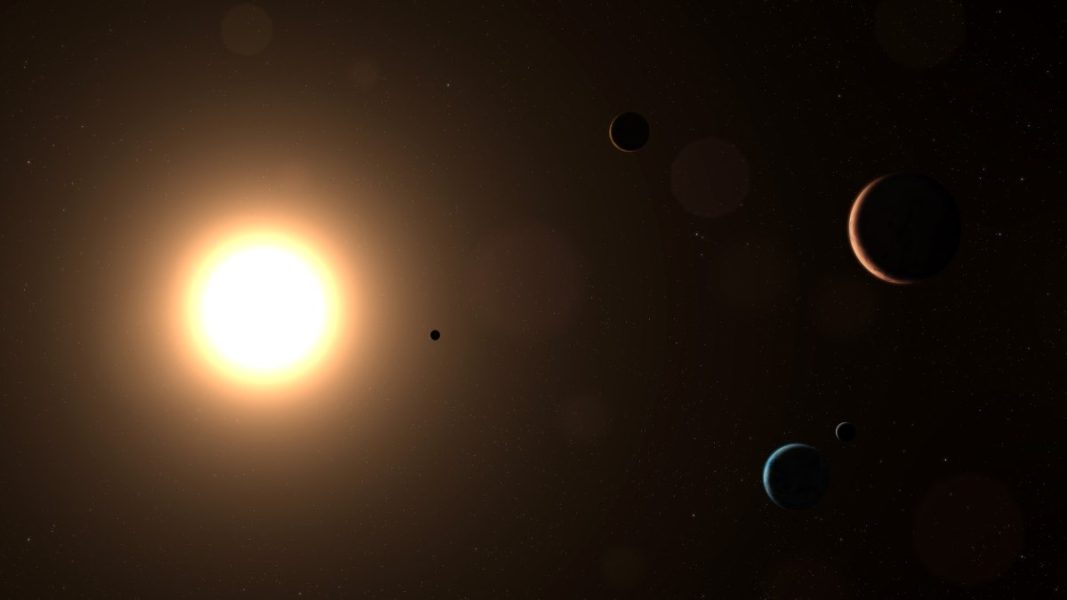Total lunar eclipse September 2025 — When and where to see the ‘Blood Moon’ lunar eclipse – Space.com

1328933780
No offers foundThe second total lunar eclipse of 2025 will be visible from Asia and western Australia on Sept. 7-8, 2025.
When you purchase through links on our site, we may earn an affiliate commission. Here’s how it works.
On the night of Sept. 7-8, 2025, a total lunar eclipse will be visible from Earth. Asia and western Australia will be in the prime positions, offering views of the entire total lunar eclipse.Glimpses of some phases will also be possible from Europe, Africa, eastern Australia and New Zealand. This event will not be observable from the Americas.Lunar eclipses happen when Earth is between the sun and a full moon. During the event, the moon moves through Earth’s umbra, the dark center of its shadow.The best views of the September 2025 total lunar eclipse will be in Asia and western Australia. According to Time and Date, a whopping 77% of the world’s population — about 6.2 billion people — will be able to see all of totality. For comparison, about a billion people were in the path of totality for the total lunar eclipse on March 29, 2025.During the September 2025 total lunar eclipse — the second total lunar eclipse of 2025 and the second of three in 2025 and 2026 — the full “Harvest Moon” will rise and, later that night, drift into Earth’s dark umbral shadow. As it does, the full moon will lose its brightness and gradually turn reddish-orange. When 100% of the lunar surface is draped in orange-red light, the all-important totality will last 82 minutes, making it a very long-duration total lunar eclipse.This total lunar eclipse will occur 2.7 days before the moon reaches perigee — its closest point to Earth on its slightly elliptical orbit — making it slightly larger than average. It’s a relatively deep total eclipse, with 36% of the moon’s diameter inside Earth’s umbral shadow. This should make for a dark eclipse, during which the moon will turn a distinctly reddish color.Lunar eclipses are global events that occur at the same time for everyone. This one will happen between 15:28 and 20:55 UTC on Sunday, Sept. 7, 2025, with the spectacular 82-minute-long totality — when all of the lunar surface will be reddish — happening between 17:30 and 18:52 UTC. Here are the local times for totality in some key locations on the night side of Earth during the eclipse:These are the times for totality only. It’s worth looking at the moon 75 minutes before these times to see the edge of Earth’s shadow inch across the lunar surface during the partial phases (and vice versa after totality).From Europe, the moon will rise in the east while totally eclipsed, though the farther east the location, the longer it will be visible. Here’s when moonrise and totality begin for select locations in Europe:The next total lunar eclipse will occur on March 2-3, 2026, and will be visible from Eastern Europe, Asia, Australia, North America, South America, the Pacific Ocean, the Atlantic Ocean, the Indian Ocean, the Arctic and AntarcticaIn addition, on Aug. 27-28, 2026, there will be a near-total lunar eclipse, during which Earth’s shadow will cover 93% of the lunar surface. This partial lunar eclipse will be visible from Europe, Western Asia, Africa, North America, South America, the Pacific Ocean, the Atlantic Ocean, the Indian Ocean and Antarctica.Want to look further ahead? You can find a concise summary of lunar eclipses out to 2030 on NASA’s lunar eclipse website. Read more about solar and lunar eclipses on EclipseWise.com, a website dedicated to eclipse predictions. You can find climate and weather predictions by meteorologist Jay Anderson on eclipsophile.com.Join our Space Forums to keep talking space on the latest missions, night sky and more! And if you have a news tip, correction or comment, let us know at: community@space.com.Breaking space news, the latest updates on rocket launches, skywatching events and more!Jamie is an experienced science, technology and travel journalist and stargazer who writes about exploring the night sky, solar and lunar eclipses, moon-gazing, astro-travel, astronomy and space exploration. He is the editor of WhenIsTheNextEclipse.com and author of A Stargazing Program For Beginners, and is a senior contributor at Forbes. His special skill is turning tech-babble into plain English.See the planet parade for under $70 with this beginner friendly, super-portable Celestron telescope dealAurora alert: Incoming solar storms could spark northern lights as far south as New York and Idaho tonightThe 1st monster black hole ever imaged has messy eating habitsSpace is part of Future US Inc, an international media group and leading digital publisher. Visit our corporate site.©
Future US, Inc. Full 7th Floor, 130 West 42nd Street,
New York,
NY 10036.






